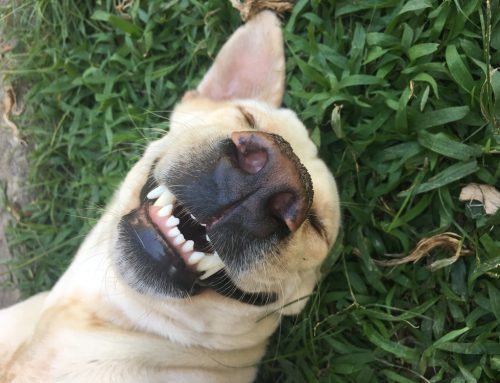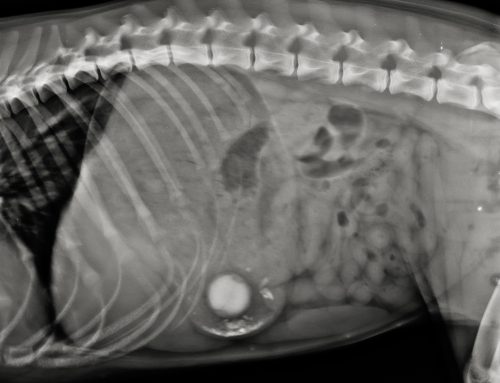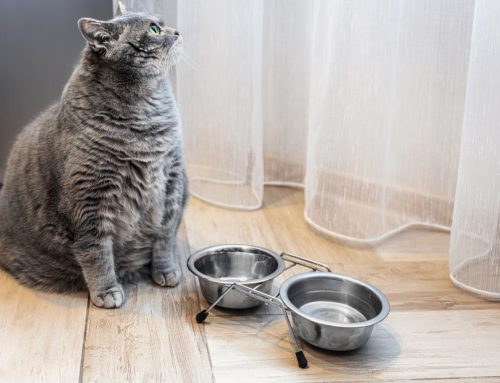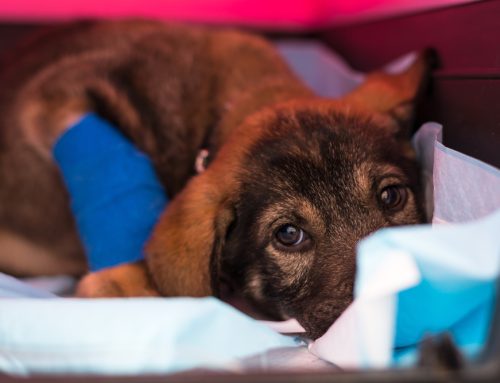Pet owners are always on the lookout for signs that their furry friend might not be feeling their best. Monitoring your pet’s eating and drinking habits is an excellent way to assess their overall health, and changes can signal that something is amiss. If your furry friend’s eating and drinking habits have veered off course, a variety of physical and emotional issues could be causing the change. Our Neighborhood Veterinary Centers of Richmond team explains common reasons why a pet’s eating or drinking habits may change.
How much water does my pet need?
Water plays a critical role in your pet’s overall health, helping regulate their body temperature, digest food, absorb nutrients, and eliminate waste and toxins. Hydration keeps your four-legged friend’s body functioning normally. Cats and dogs have different water requirements, and changes in their water intake can lead to health complications:
- Water requirements for your cat — The average adult cat should consume about four ounces of water for every five pounds of lean body weight. So, a 10-pound cat should drink about a cup of water per day
- Water requirements for your dog — Most dogs should drink about one ounce of water for every pound of lean body weight. So, a 10-pound dog should drink about two-thirds of a 16-ounce bottle of water per day.
What does it mean if my pet is drinking less water?
Inadequate water intake can lead to dehydration, which negatively affects all bodily functions. A pet’s dehydration signs include lethargy, dry gums, sunken eyes, decreased skin elasticity, and increased thirst and urination. Your pet may be drinking less water for a variety of reasons, including:
- Environmental changes — Your four-legged friend’s environment can affect their water intake, and during colder months, pets often naturally decrease their water consumption.
- Nausea — Some conditions can lead a pet to become nauseated, which can cause your furry pal to drink less.
- Bowl placement — Pets can be picky about resource location, and moving their water bowl to a new or less convenient spot could cause them to drink less.
- Water quality — Your pet is less likely to drink from a water bowl that does not meet their cleanliness standards. Wash your four-legged friend’s bowls daily, or at least a few times per week. Use warm, soapy water to remove limescale and bacteria. Refresh your pet’s water at least daily.
- Dental issues — A pet with infected or broken teeth or other dental problems may not only experience pain while eating but also while drinking.
- Diet change — If you’ve switched your furry pal’s diet from dry food to wet or canned food, they are likely receiving more water from their food, thus reducing the amount they drink.
What does it mean if my pet is drinking more water?
External factors can affect your pet’s water intake. Hot weather and intense exercise can cause your four-legged friend to need more water than usual. In addition, puppies, kittens, and female pets who are nursing need extra hydration. If your pet eats dry food only, they will likely need more water than a pet whose diet also includes wet food. Certain medical conditions can also cause your pet to drink more water, including:
- Diabetes
- Kidney disease
- Hyperthyroidism
- Cushing’s disease
How much food does my pet need?
The amount of food a pet needs depends on their species, age, weight, activity level, health status, and food type. Commercial pet foods come with feeding guidelines based on a pet’s weight and life stage. While these recommendations are a good starting point, a dog or cat calorie calculator can help you determine the specific number of daily calories your pet needs.
What does it mean if my pet is eating less?
A sudden decrease in your pet’s appetite can be the result of medical or behavioral issues. Some common causes include:
- Diet change — If you’ve recently changed your pet’s food, they might find their new diet less appetizing, which causes them to eat less.
- Foreign object ingestion — Ingesting a foreign object can lead to a gastrointestinal (GI) obstruction and inappetence.
- Dental disease — Dental disease can cause inflamed gums, loose, painful teeth, and tooth root infections, making eating difficult.
- GI upset — Any condition that causes nausea, vomiting, or diarrhea can lead to a poor appetite.
- Health conditions — Serious conditions, such as kidney or heart disease, or cancer, can lead to inappetence.
- Stress — Pets can be sensitive to changes in their environment or routine such as moving to a new home or meeting a new pet or family member. These events can cause your pet to become anxious and stressed, leading them to eat less.
What does it mean if my pet is eating more?

A pet’s unexplained appetite increase is equally as concerning as appetite loss. Your dog or cat may be eating more because of one of these conditions:
- Poor nutrition — To take in the nutrients they need, your four-legged friend may eat more food. Pets’ dietary needs change as they age or develop a health condition, which can increase nutritional and calorie requirements.
- Endocrine or metabolic disorders — Certain metabolic and endocrine disorders can kick your furry pal’s appetite into high gear. A pet’s hunger may increase if they have hyperthyroidism, diabetes, or Cushing’s disease.
- Food malabsorption — If your pet is unable to absorb nutrients from their food, they will eat more to obtain the nutrition they need. Conditions that interfere with appropriate digestion and nutritional absorption include illness, parasites, inflammatory bowel syndrome, exocrine pancreatic insufficiency, and cancer.
Your pet’s thirst and appetite provide important information about their overall wellness. If your furry pal’s eating and drinking habits have changed suddenly, schedule an appointment with our Neighborhood Veterinary Centers of Richmond team to rule out an underlying health condition.







Leave A Comment